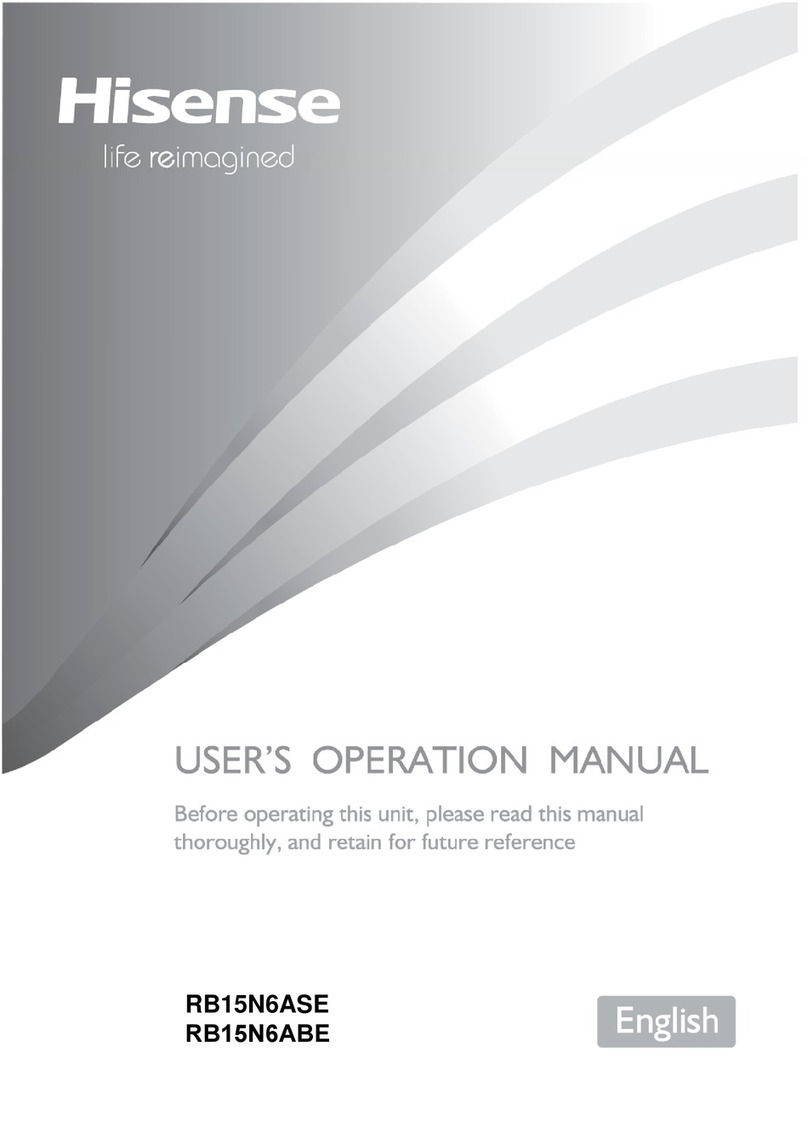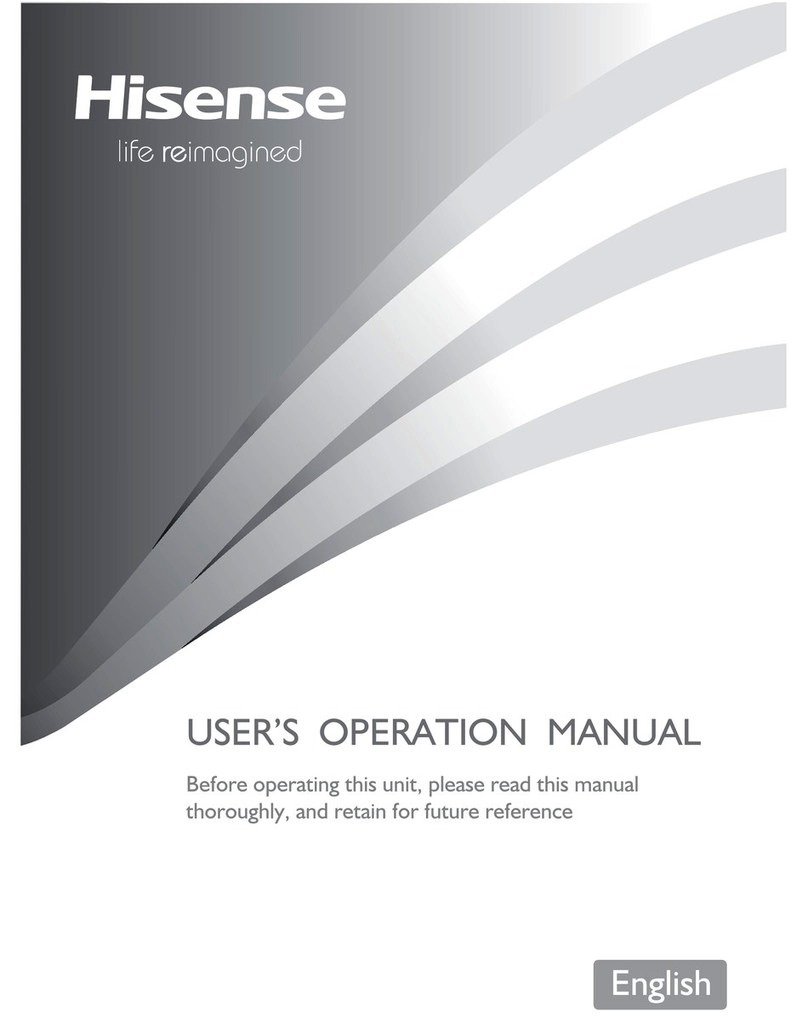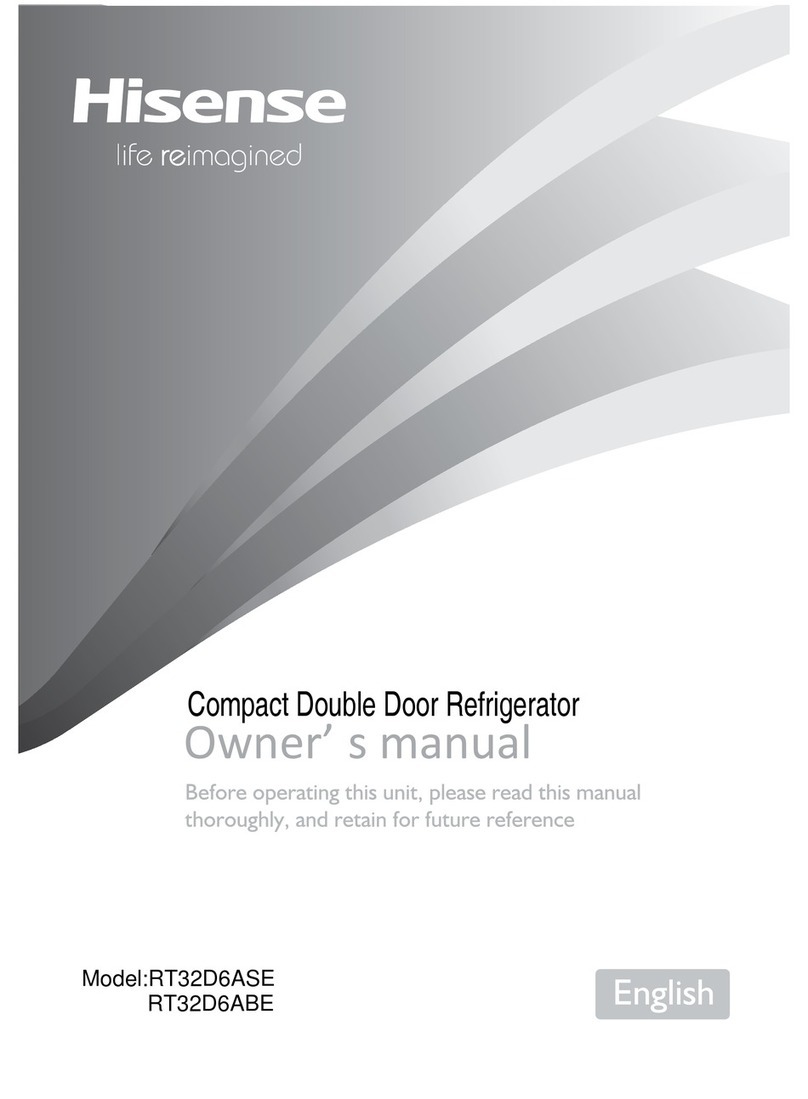Hisense RR220D4AB2 Mounting instructions
Other Hisense Refrigerator manuals
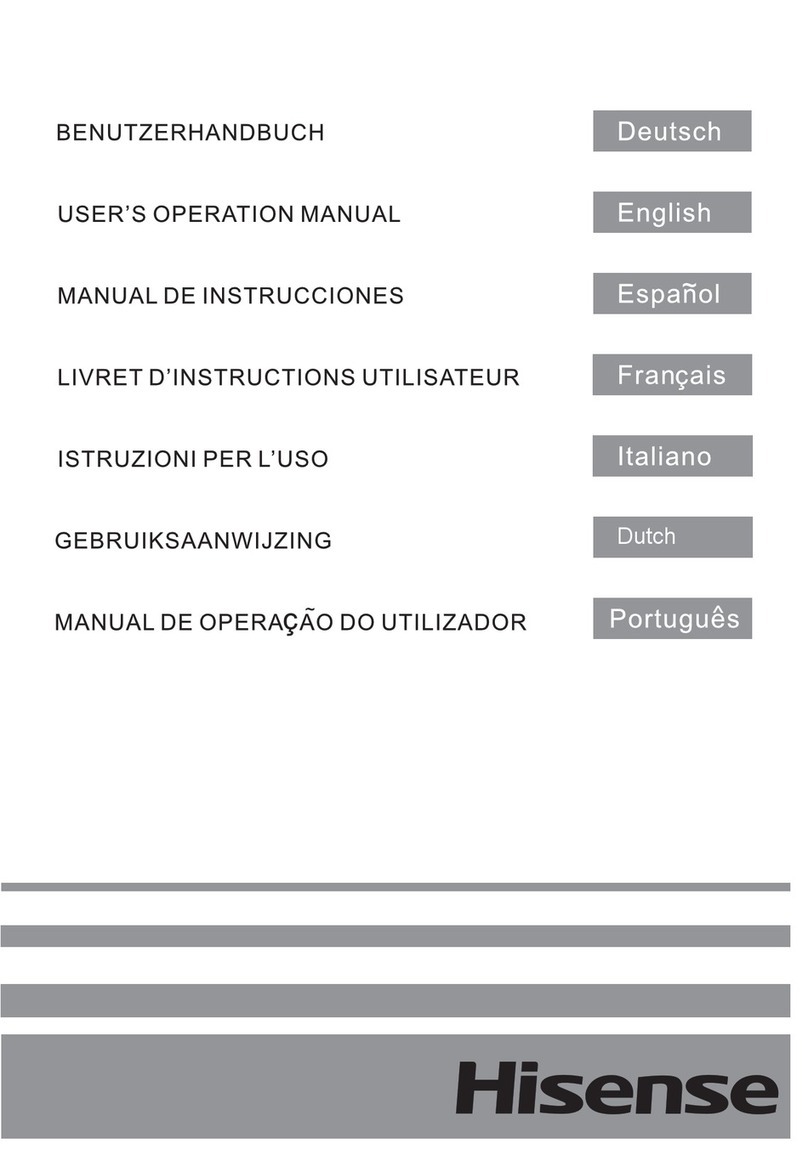
Hisense
Hisense RS694N4TIE User manual
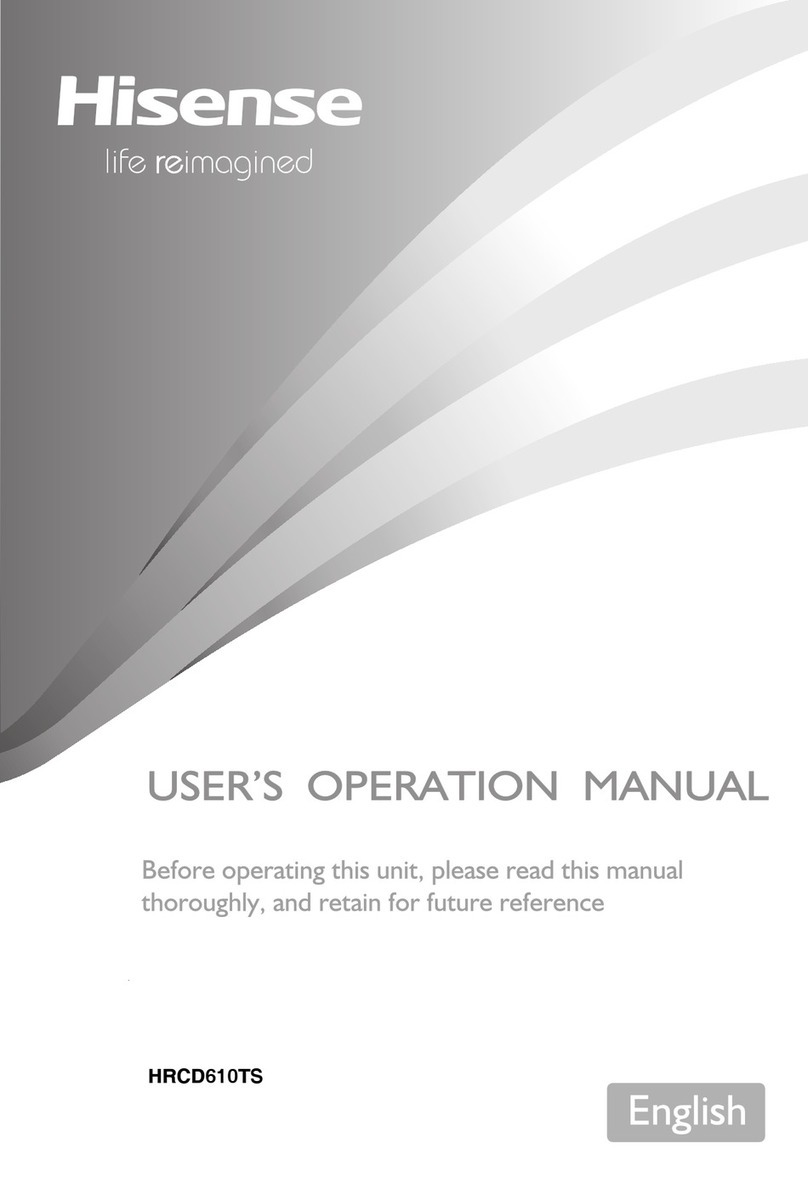
Hisense
Hisense HRCD610TS Mounting instructions
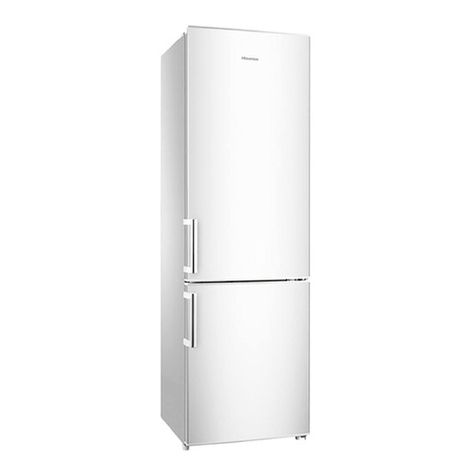
Hisense
Hisense BCD-264R Mounting instructions

Hisense
Hisense RF21N1 Series Mounting instructions

Hisense
Hisense HR6BMFF320 Mounting instructions
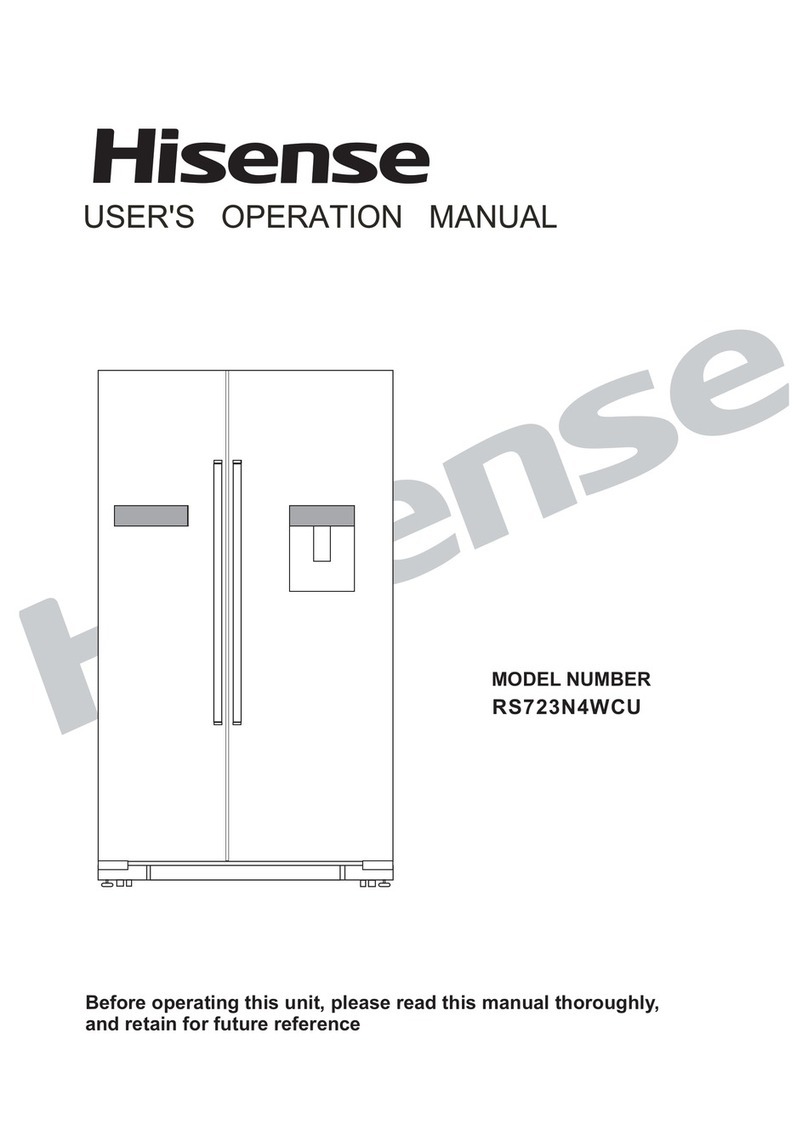
Hisense
Hisense RS723N4WCU Mounting instructions

Hisense
Hisense HR6TFF459S Mounting instructions
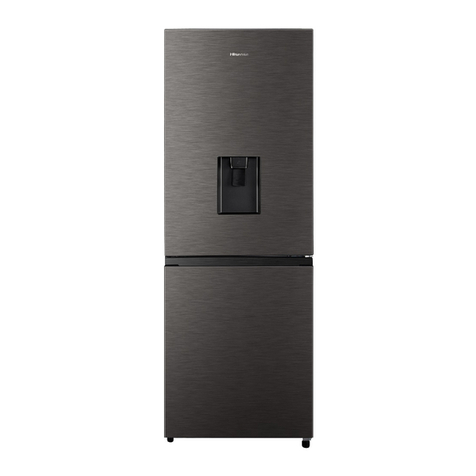
Hisense
Hisense H310BI-WD Mounting instructions

Hisense
Hisense H720FSB-WD Mounting instructions
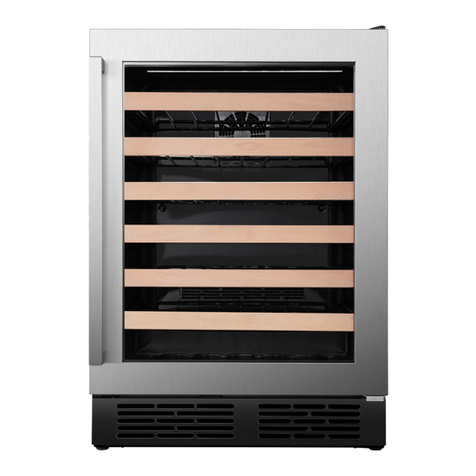
Hisense
Hisense HWS54029SS User manual
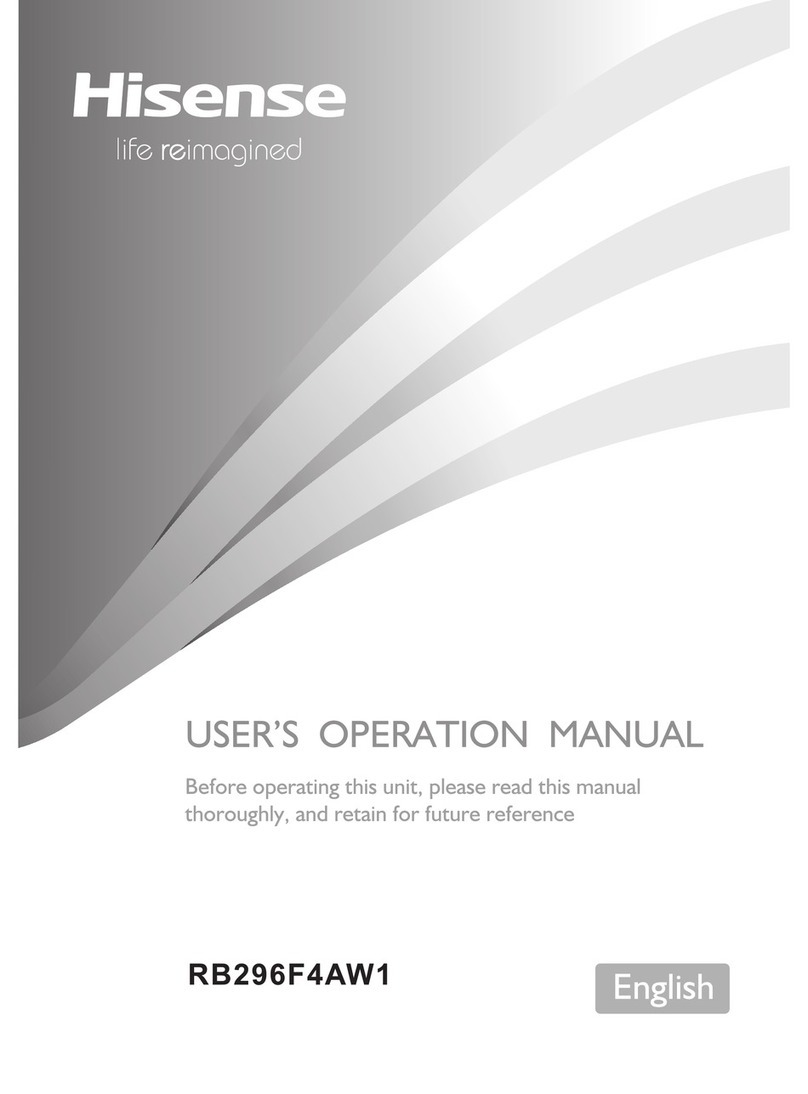
Hisense
Hisense RB296F4AW1 Mounting instructions

Hisense
Hisense HR6TFF526 Mounting instructions

Hisense
Hisense RD-65WR4SB Mounting instructions

Hisense
Hisense RQ563N4AI1 Mounting instructions
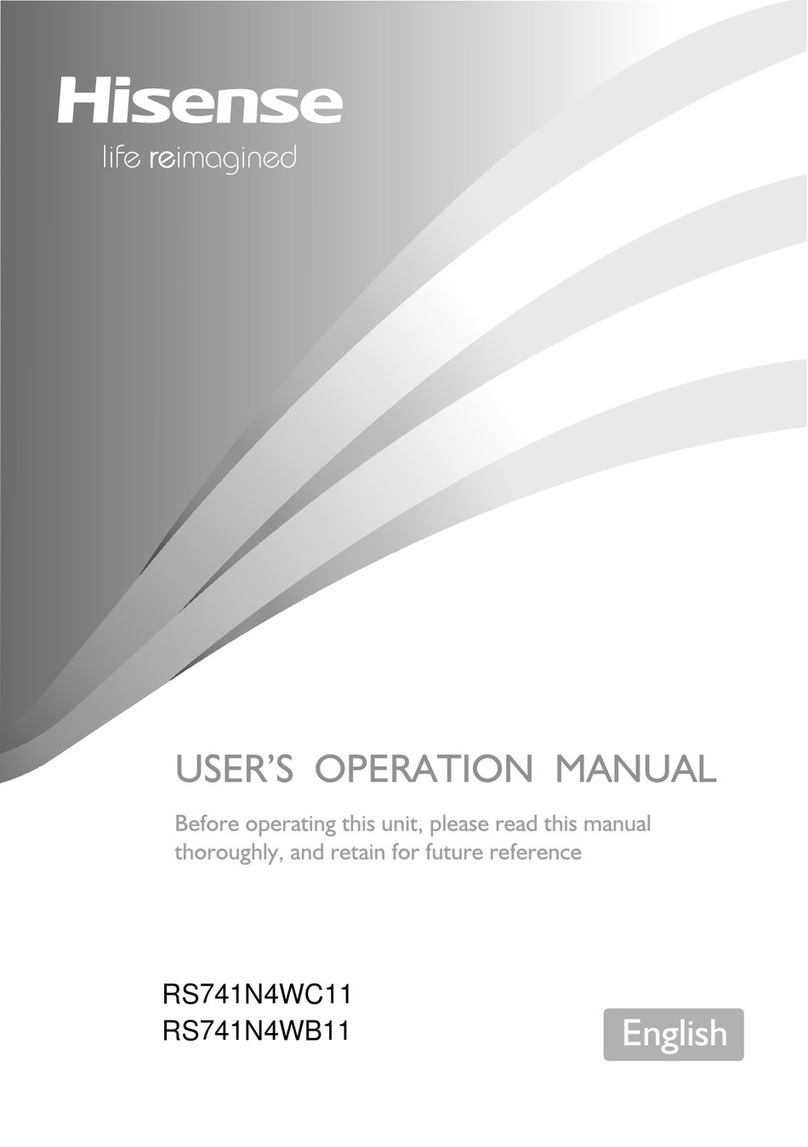
Hisense
Hisense RS741N4WC11 Mounting instructions
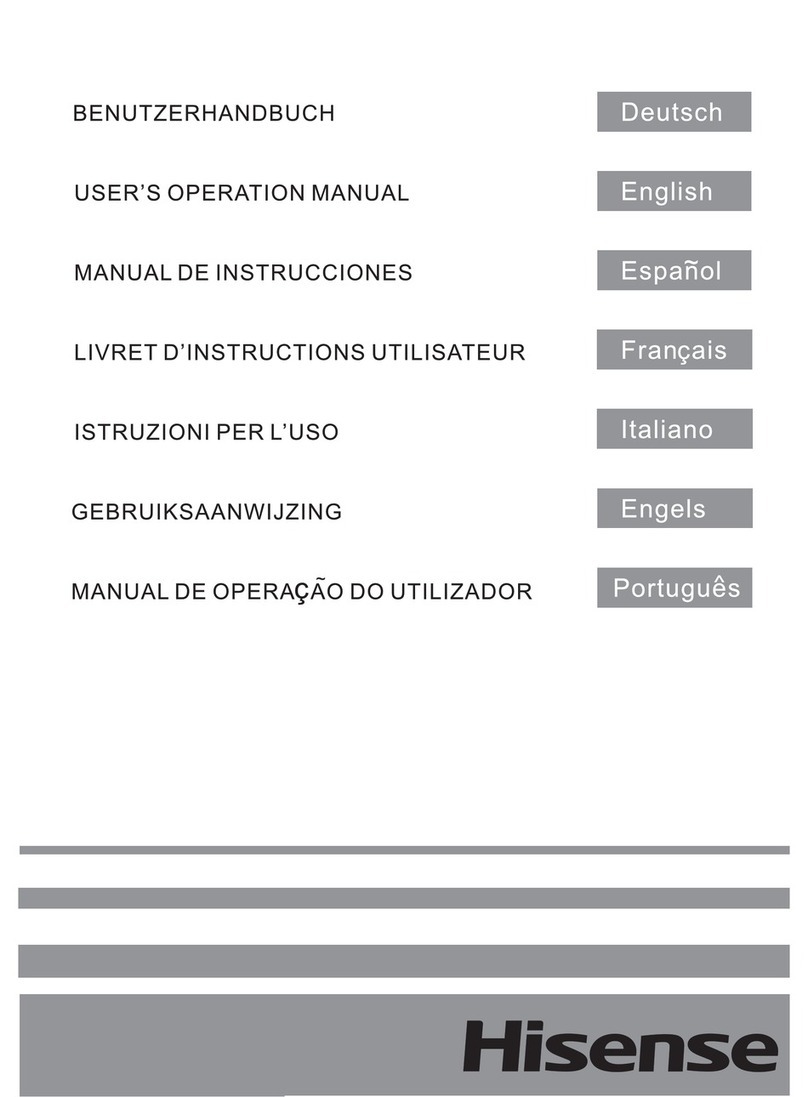
Hisense
Hisense RS669N4WC1 Mounting instructions

Hisense
Hisense H800SB Mounting instructions
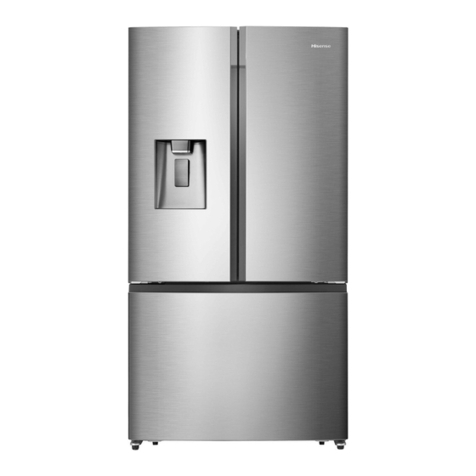
Hisense
Hisense RF702N4IS1 Mounting instructions
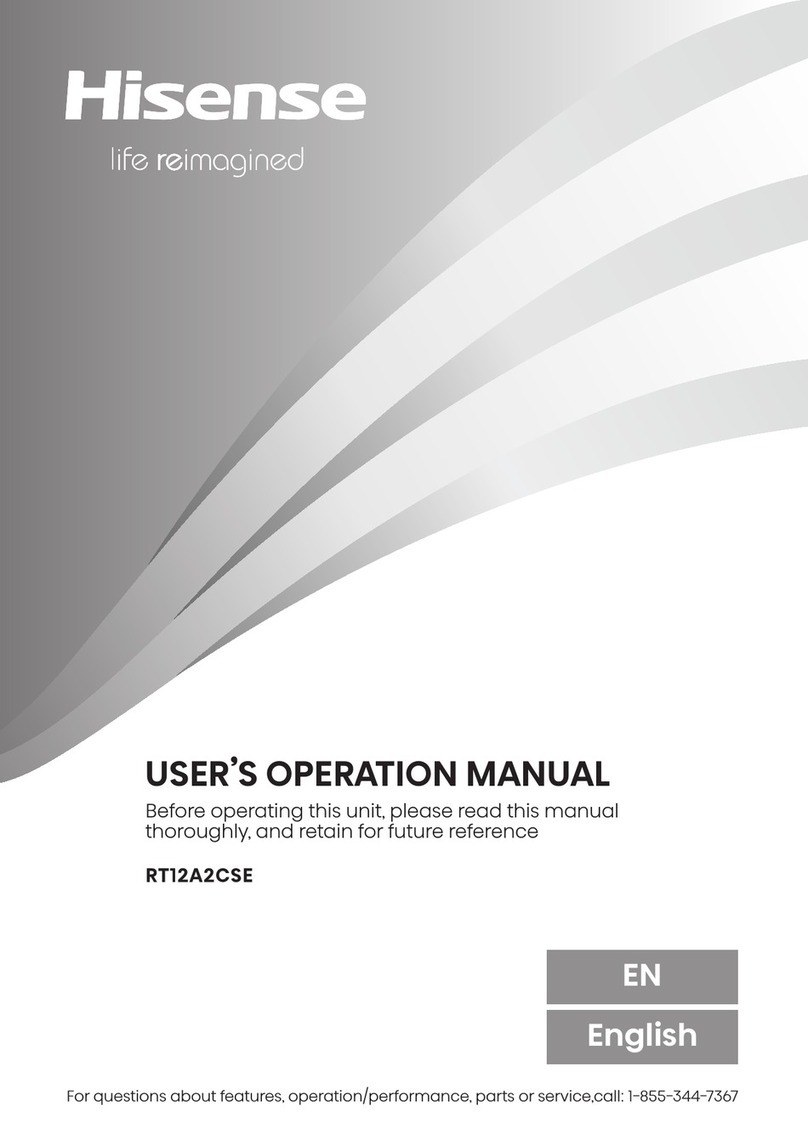
Hisense
Hisense RT12A2CSE User manual
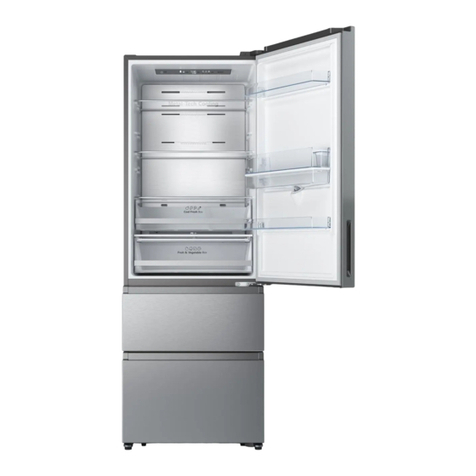
Hisense
Hisense RT641N4WIE Operating and maintenance manual

